Introducing Tesla Actually Smart Summon, part of the FSD package.
Get the latest international news and world events from around the world.
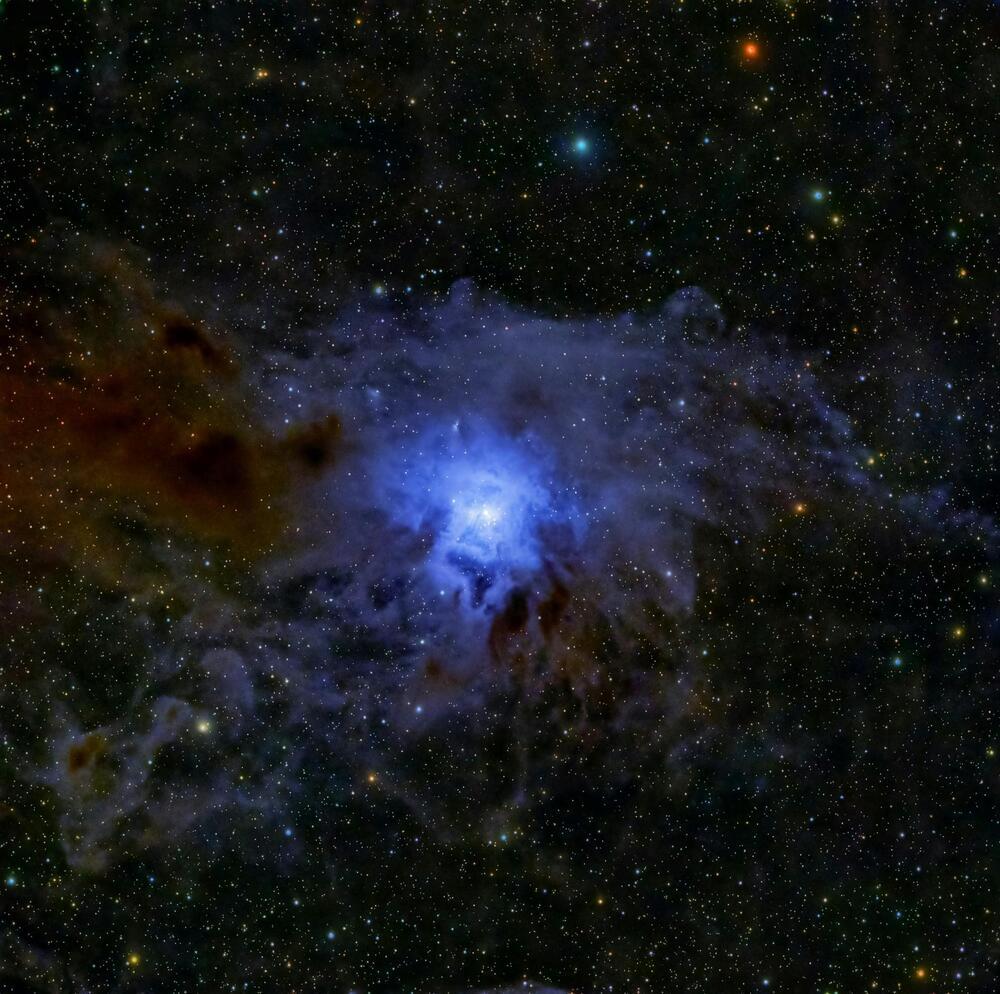
AI helps distinguish dark matter from cosmic noise
Dark matter is the invisible force holding the universe together—or so we think. It makes up about 85% of all matter and around 27% of the universe’s contents, but since we can’t see it directly, we have to study its gravitational effects on galaxies and other cosmic structures. Despite decades of research, the true nature of dark matter remains one of science’s most elusive questions.
Fish scale-inspired design boosts concrete crack resistance by 63%
Humans are still learning from nature.
Researchers mimicked ancient fish scales for a 3D-printed concrete structure:
Concrete is a ubiquitous building material, but over time, it may become prone to cracking. In order to ensure the long-term durability and safety of concrete structures, it is essential to prevent or minimize cracking.
Researchers have developed a novel approach to improve the longevity of concrete by increasing its fracture resistance mechanisms.
The Princeton Engineering team used cutting-edge additive manufacturing processes and precision robotic automation to create twisted concrete components. The resulting concrete is stronger and more durable than the standard cast concrete.
SpaceX rocket launches from Vandenberg Space Force Base in California
This is the 20th flight for the first stage booster supporting this mission, SpaceX said online.

Frame-Dragging Animation: Neutron Star Orbiting a Rapidly-Spinning White Dwarf
Enjoy the videos and music you love, upload original content, and share it all with friends, family, and the world on YouTube.
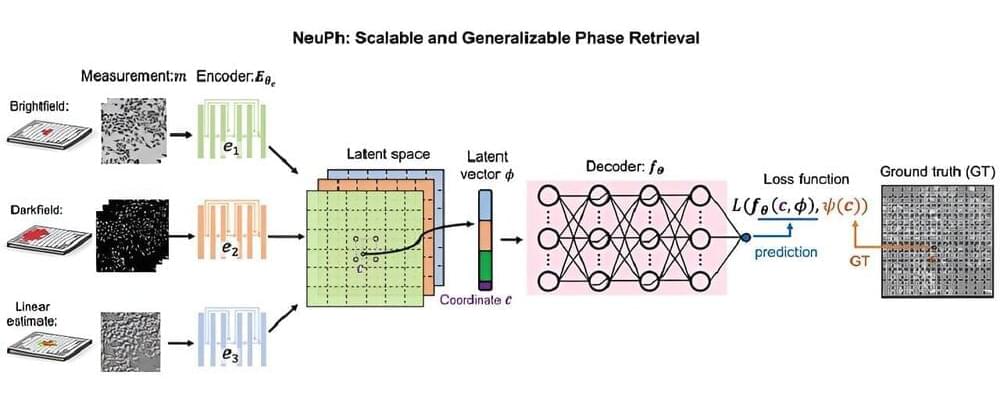
New neural framework enhances reconstruction of high-resolution images
Deep learning (DL) has significantly transformed the field of computational imaging, offering powerful solutions to enhance performance and address a variety of challenges. Traditional methods often rely on discrete pixel representations, which limit resolution and fail to capture the continuous and multiscale nature of physical objects. Recent research from Boston University (BU) presents a novel approach to overcome these limitations.
As reported in Advanced Photonics Nexus, researchers from BU’s Computational Imaging Systems Lab have introduced a local conditional neural field (LCNF) network, which they use to address the problem. Their scalable and generalizable LCNF system is known as “neural phase retrieval”—” NeuPh” for short.
NeuPh leverages advanced DL techniques to reconstruct high-resolution phase information from low-resolution measurements. This method employs a convolutional neural network (CNN)-based encoder to compress captured images into a compact latent-space representation.
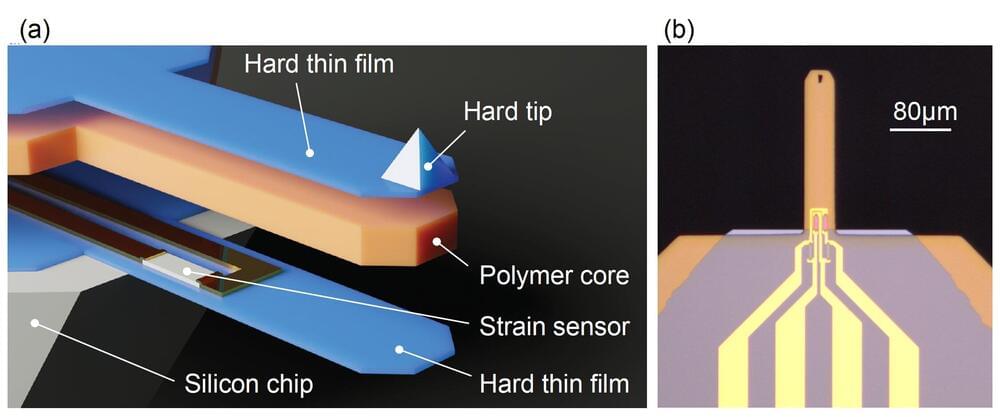
Self-sensing cantilever design enhances microelectromechanical system performance in challenging environments
Microelectromechanical systems (MEMS) are tiny devices that integrate various components, such as miniature sensors, electronics and actuators, onto a single chip. These small devices have proved highly promising for precisely detecting biological signals, acceleration, force and other measurements.
Most of the MEMS developed to date are made of silicon and silicon nitride. While some of these devices have achieved promising results, their material composition and design limit their sensitivity and versatility, for instance limiting their use in wet environments.
In a recent Nature Electronics paper, researchers at Ecole Polytechnique Fédérale de Lausanne (EPFL) introduced an innovative cantilever design for MEMS based on a polymer, a semiconductor and ceramic. Cantilevers are tiny flexible beams that can adapt their shape in response to external forces or molecular interactions, thus potentially serving as sensors or actuators.
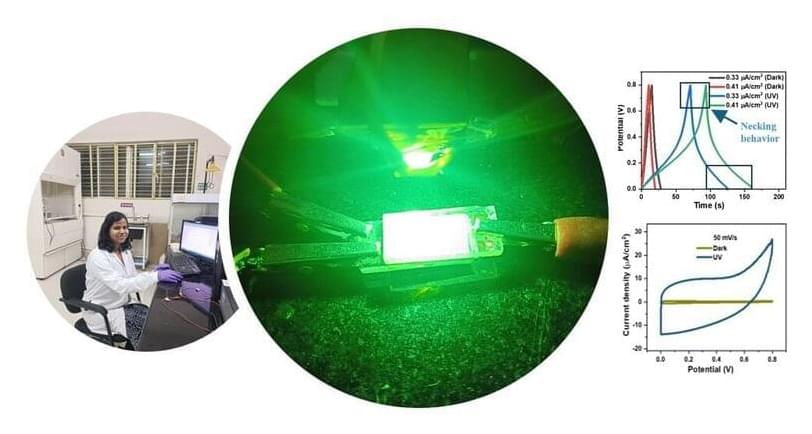
Researchers develop light-charged supercapacitor for self-powered devices
Researchers at the Department of Instrumentation and Applied Physics (IAP), Indian Institute of Science (IISc) and collaborators have designed a new supercapacitor that can be charged by light shining on it. Such supercapacitors can be used in various devices, including streetlights and self-powered electronic devices such as sensors.
Capacitors are electrostatic devices that store energy as charges on two metal plates called electrodes. Supercapacitors are upgraded versions of capacitors—they exploit electrochemical phenomena to store more energy, explains Abha Misra, Professor at IAP and corresponding author of the study published in the Journal of Materials Chemistry A.
The electrodes of the new supercapacitor were made of zinc oxide (ZnO) nanorods grown directly on fluorine-doped tin oxide (FTO), which is transparent. It was synthesized by Pankaj Singh Chauhan, first author and CV Raman postdoctoral fellow in Misra’s group at IISc.
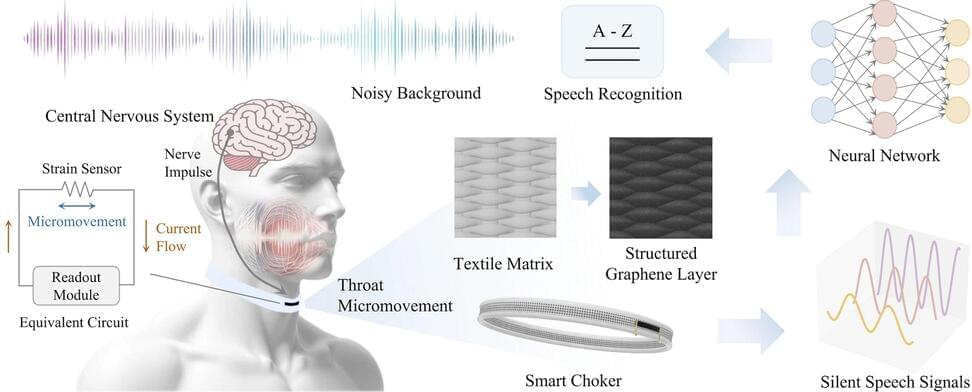
Graphene-based wearable strain sensor can detect and broadcast silently mouthed words
A wearable ‘smart’ choker for speech recognition has the potential to redefine the field of silent speech interface (SSI), say researchers—thanks to embedded ultrasensitive textile strain sensor technology.
Where verbal communication is hindered, such as in locations with lots of background noise or where an individual has an existing speech impairment, SSI systems are a cutting-edge solution, enabling verbal communication without vocalization. As such, it is a type of electronic lip-reading using human-computer interaction.
In new research, led by the University of Cambridge, an overlying structured graphene layer is applied to an integrated textile strain sensor for robust speech recognition performance, even in noisy environments.